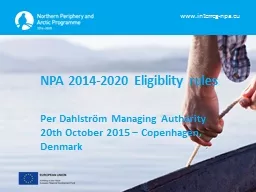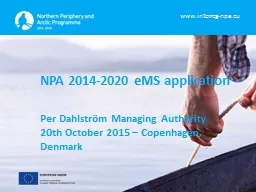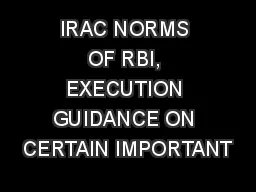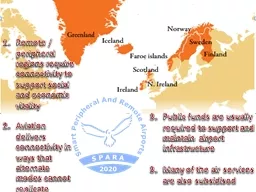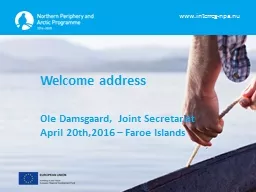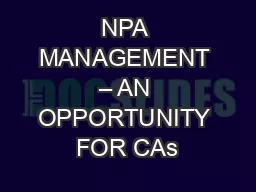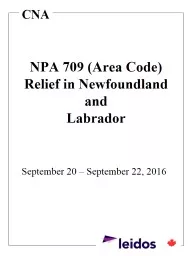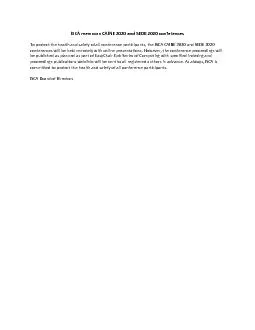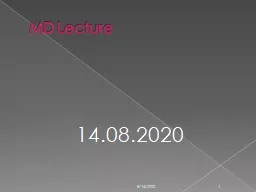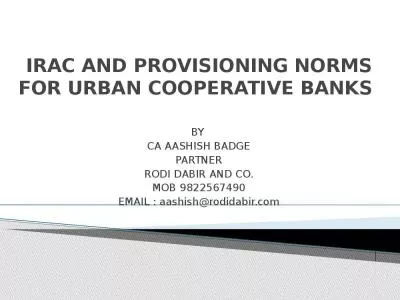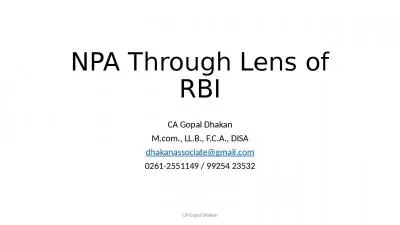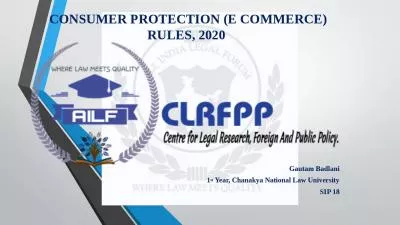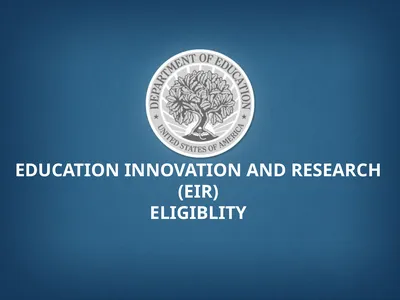PPT-NPA 2014-2020 Eligiblity rules
Author : debby-jeon | Published Date : 2017-06-01
Per Dahlström Managing Authority 20th October 2015 Copenhagen Denmark Eligibility rules The following expenditure categories are allowed in the NPA 20142020 Staff
Presentation Embed Code
Download Presentation
Download Presentation The PPT/PDF document "NPA 2014-2020 Eligiblity rules" is the property of its rightful owner. Permission is granted to download and print the materials on this website for personal, non-commercial use only, and to display it on your personal computer provided you do not modify the materials and that you retain all copyright notices contained in the materials. By downloading content from our website, you accept the terms of this agreement.
NPA 2014-2020 Eligiblity rules: Transcript
Download Rules Of Document
"NPA 2014-2020 Eligiblity rules"The content belongs to its owner. You may download and print it for personal use, without modification, and keep all copyright notices. By downloading, you agree to these terms.
Related Documents

